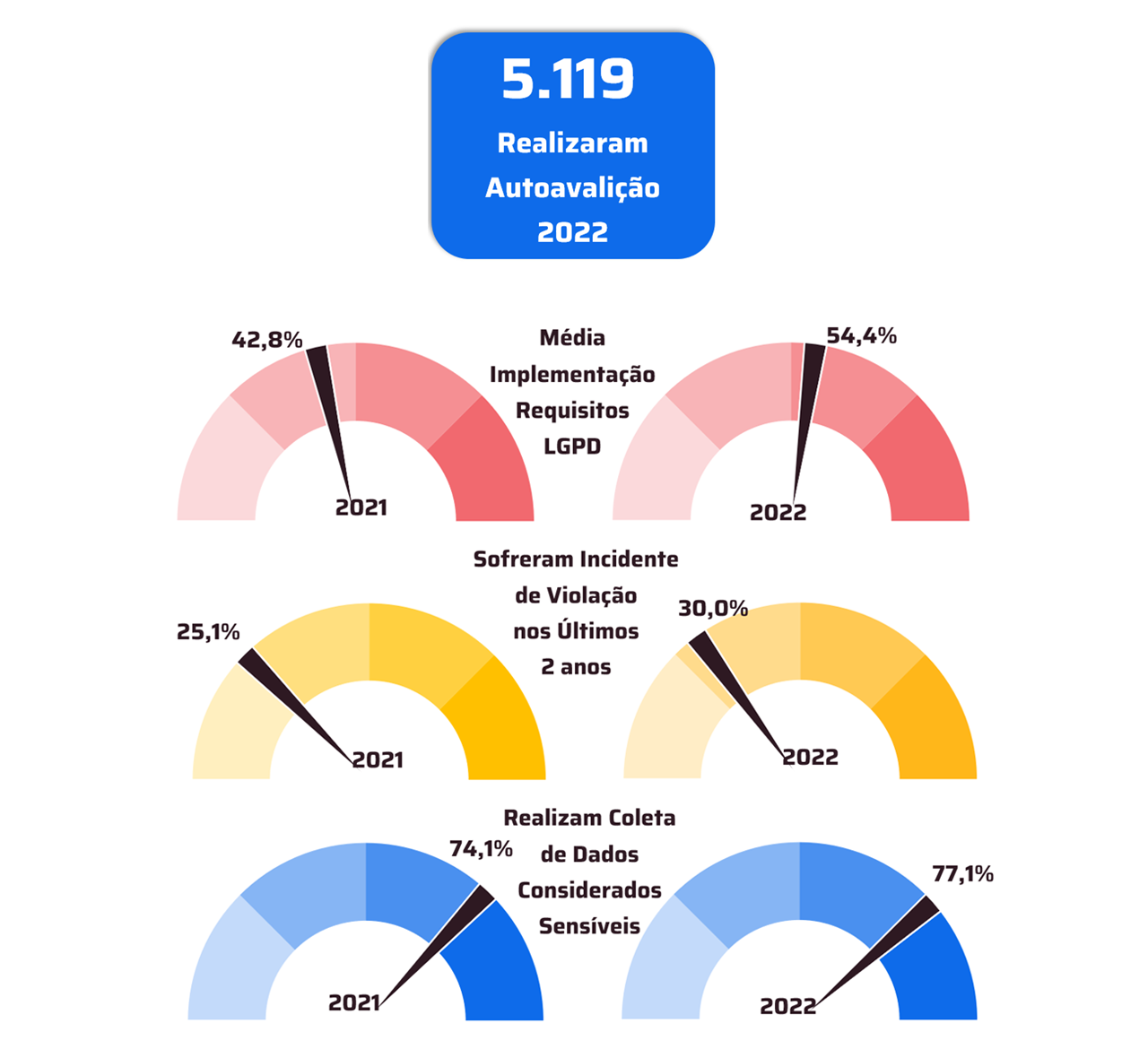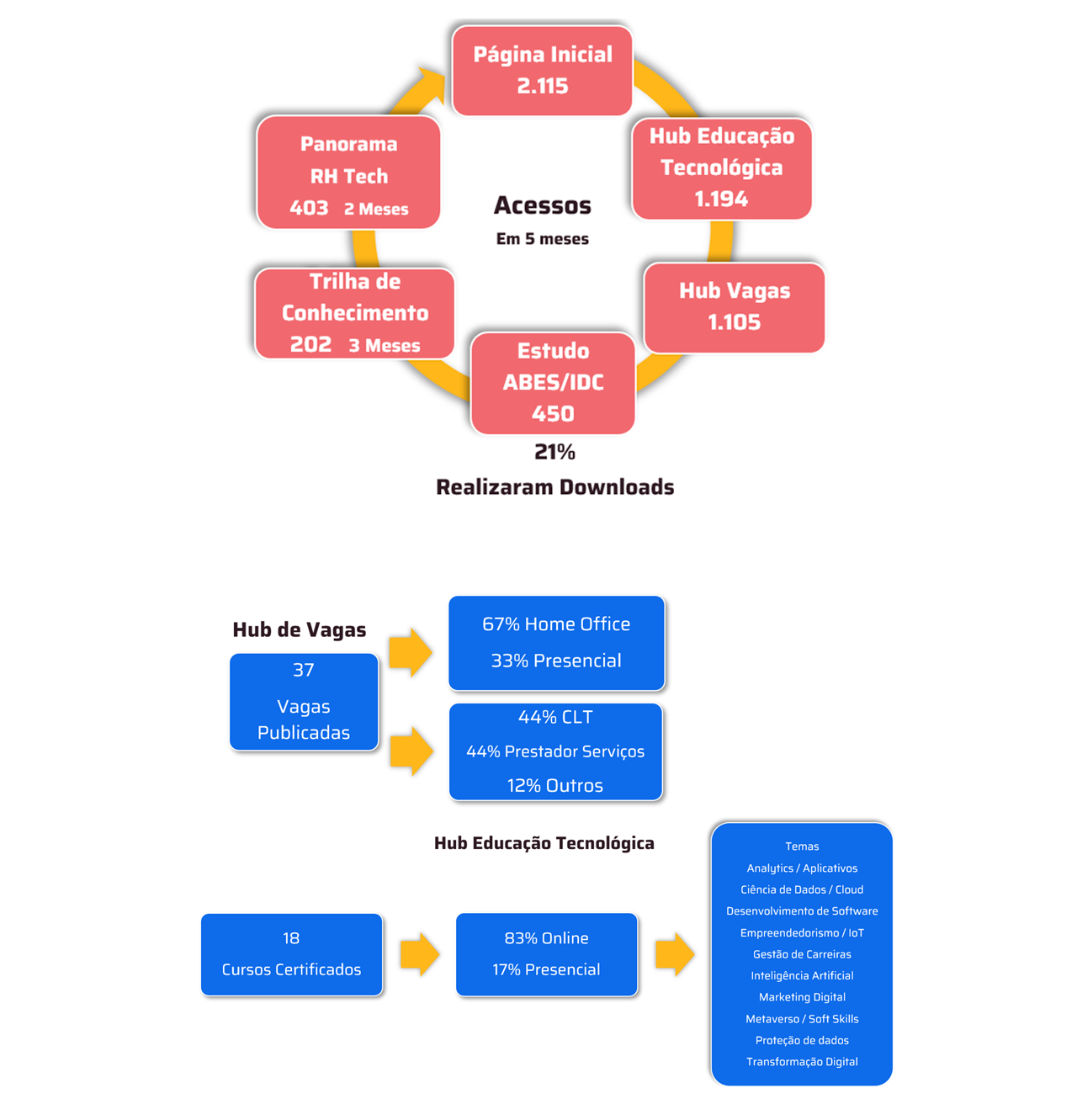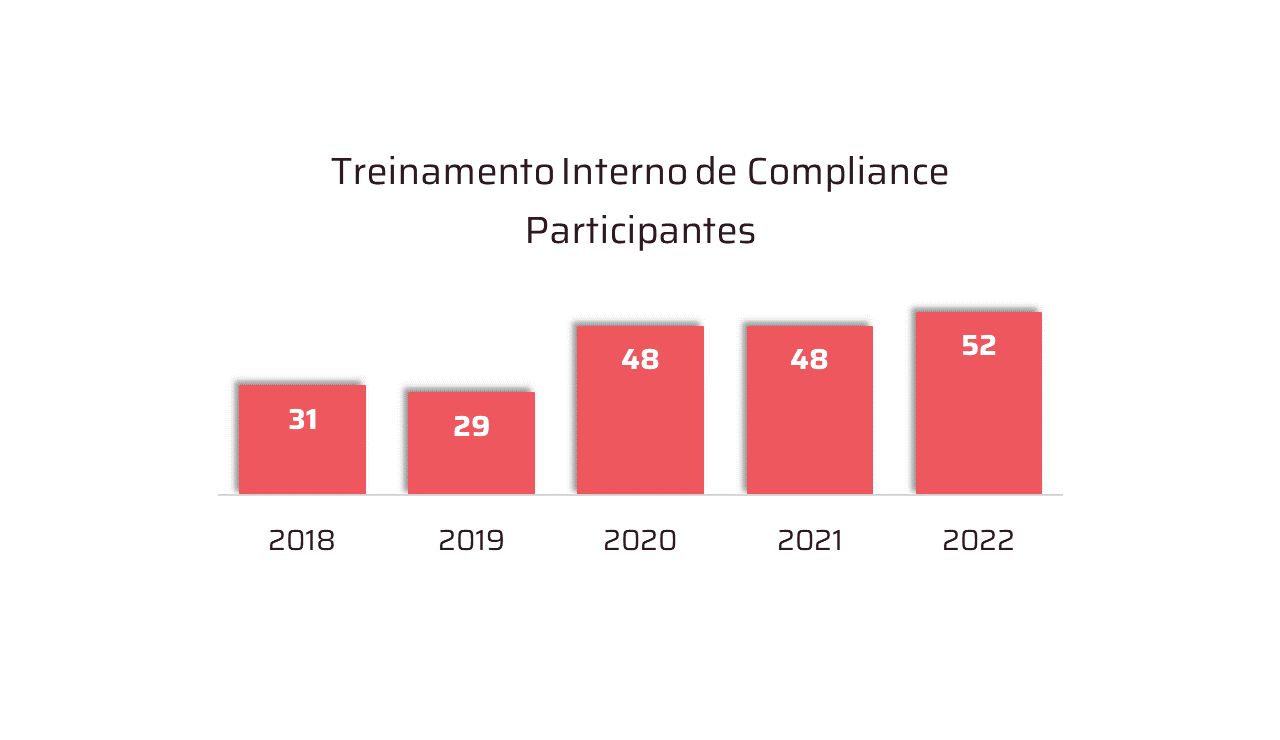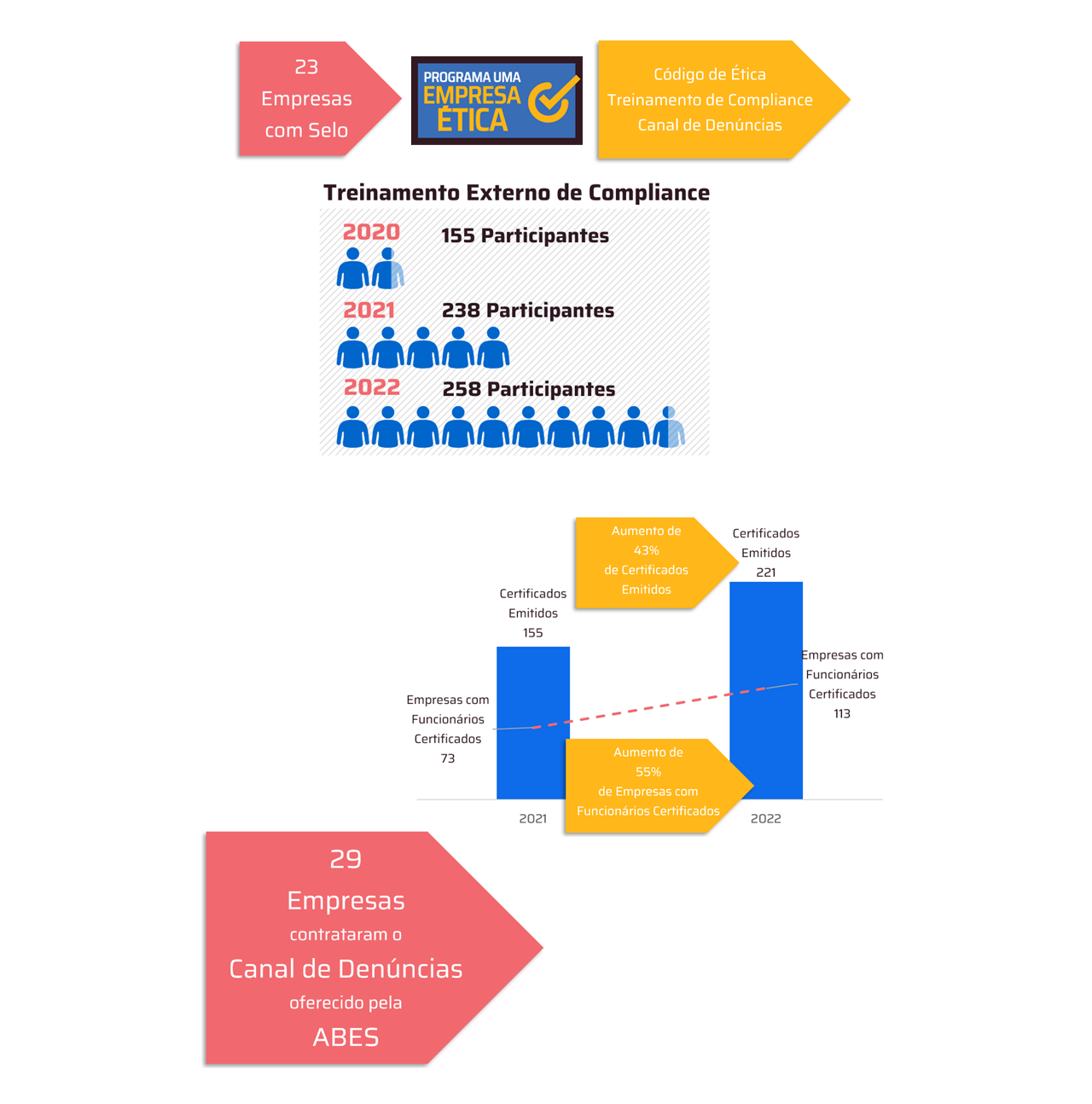 * By André Renato Ramos
* By André Renato Ramos
In recent months, we've seen artificial intelligence invade the business news with transformative promises. But in practice, what separates... hype of real value generation?
The answer lies in focus: while much of the market is still busy testing generic assistants or creating isolated prototypes, those who truly want to accelerate results have already started working with Vertical AI Agents.
Vertical agents are AI applications developed specifically for use in business processes—not just to answer questions or automate simple tasks, but to deliver operationalized intelligence integrated into the company's day-to-day operations.
Agents are created to "understand" the business and are designed precisely for that purpose. They are fed with real, qualified data and are connected to the operation via robust integrations and efficient orchestrations to communicate with legacy systems—on-premises or in the cloud.
They are more than a screen to facilitate queries or search for information for a specific task, these agents are intelligent extensions of existing processes, which execute, recommend, prevent, learn and scale.
Less operation, more strategy
Instead of overloading IT with specific automation demands or initiatives that don't connect to the core business, vertical agents ease the burden on operations and free up management to think about the next strategic move.
They can, for example:
– Anticipate bottlenecks in the supply chain;
– Suggest commercial actions based on purchasing behavior;
– Monitor tax rules in real time and automatically trigger compliance processes;
– Cross-reference production, inventory and demand data for timely decision-making.
All of this integrated into existing systems, without reinventing the wheel — just spinning it faster and smarter.
The turning point is in the real-world application of AI agents
Many companies have already realized that generic AI alone generates more work than results. Co-piloting tasks isn't enough. The game changes when AI starts to operate collaboratively, with business purpose, reliable data, and industry context.
AI Vertical Agent it is not one more tool. It is a new form to perform operational tasks — and, most importantly, to decide.
And when you add this to a solid foundation of data integration and governance, what was once innovation becomes a real competitive differentiator.
It's worth noting: data quality is essential for AI agents to deliver the best results.
Intelligent Integration: Why AI Alone Won't Cut It
Artificial intelligence is at the heart of the market's most ambitious digital strategies. But, as advanced as it may be, it relies on a fundamental input: structured, updated, and integrated data. When this requirement fails, AI's potential is thwarted—not due to algorithm limitations, but due to the fragmentation of source systems.
Even in smaller companies, data multiplies rapidly. It originates in email interactions, CRM systems, e-commerce platforms, ERPs, logistics apps, IoT sensors, and more. The problem isn't data scarcity, but rather its dispersion. When these sources aren't seamlessly connected, AI simply doesn't work as intended.
Imagine an AI agent tasked with optimizing deliveries by grouping orders by route and vehicle. The task's logic may be flawless. But if inventory, order, and geolocation data are distributed across systems that don't "talk" to each other—or worse, are accessible only via spreadsheets or .txt files—the agent won't be able to execute the operation efficiently. The bottleneck isn't technological, but architectural.
Systems Integration: The Invisible Pillar of AI That Works
That's why modernizing system integrations is now one of the key pillars of successful intelligent agent adoption. Technologies like ETL/ELT, iPaaS, orchestration middleware, and API-first integrations fulfill precisely this role: creating a seamless data mesh capable of supporting autonomous agents that require real-time responses.
In other words, there's no point investing in AI if back-office systems, applications, and corporate data are siloed. Artificial intelligence needs to operate on an integrated foundation, connecting everything from ERPs and CRMs to platforms like Google Cloud, Salesforce, SAP, or Microsoft Dynamics.
Strategic AI requires data in motion
True digital transformation comes not only from automation, but from AI's ability to guide decisions based on live data, which flows between systems in real time. This requires an intelligent integration architecture that avoids silos, translates formats, respects business rules, and ensures consistency.
Companies that understand this stop seeing AI as a technical resource and start using it as a strategic differentiator—capable of reducing costs, anticipating scenarios, and generating value at scale.
Before investing in new AI models, it's worth asking: is our data really ready for this?
*André Renato Ramos is Business and Partnership Manager at Magic Software Brasil.
Notice: The opinion presented in this article is the responsibility of its author and not of ABES - Brazilian Association of Software Companies

















